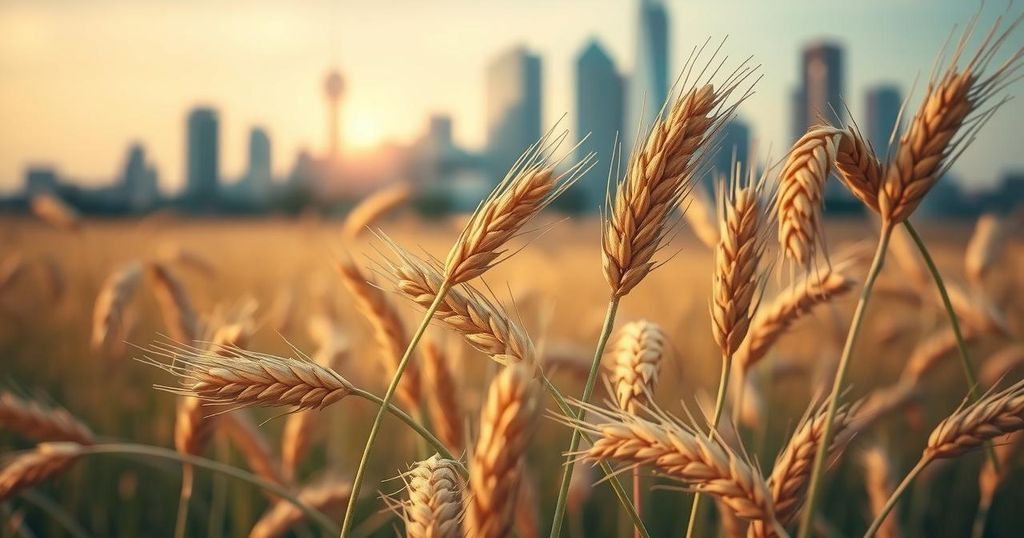Kenya’s inflation rate has climbed to 3.5% in February, its highest in five months, attributed to rising food costs of 6.4%. Core inflation is unchanged at 2%, indicating weak demand. Transport costs saw a slight rise, while energy prices may fall due to global trends. New tax measures could present risks to inflation stability.
In February, Kenya’s annual inflation rate reached a five-month high, driven primarily by rising food prices. The Kenya National Bureau of Statistics reported a 3.5% increase in consumer prices compared to 3.3% in January, aligning with projections by the central bank. Core inflation remains stable at 2%, indicating subdued consumer demand despite escalating food costs.
Food and non-alcoholic beverages, comprising one-third of the inflation index, rose by 6.4% from January’s 6.1%. Meanwhile, transport costs remained steady with a 0.7% increase, following unchanged gasoline prices during the mid-month review. Global trends in fuel prices may positively impact Kenya, which imports refined oil, potentially reducing energy costs.
On the housing front, combined prices for water, electricity, gas, and other fuels decreased by 0.8%, improving from a decline of 1.6% in January. However, the reinstatement of various tax measures in December could pose inflationary risks. Notably, an increase in the railway development fund import levy to 2% from 1.5% may affect manufacturers and farmers, as highlighted by KPMG.
In summary, Kenya’s inflation rate is on the rise, primarily due to climbing food prices, despite core inflation remaining unchanged and transport costs steady. The proximity of inflation to the central bank’s target presents a mixed outlook, suggesting that interest rates may be lowered if economic conditions remain stable. Potential risks include newly reinstated tax measures, which could exacerbate inflationary pressures.
Original Source: financialpost.com






